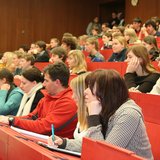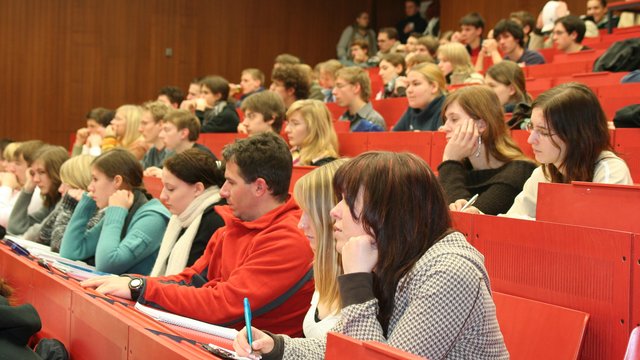The history of chemistry in Clausthal
Chemistry has a long history in Clausthal. Chemistry was taught at an academic level in Clausthal as early as 1775. The first lecturer to give an experimental lecture on "chymical mineralogy" was the pharmacist Johann Christoph Ilsemann. During his first trip to the Harz Mountains in 1777, Johann Wolfgang von Goethe also visited the pharmacist Ilsemann and his famous mineral cabinet and thus came into contact with Clausthal chemistry at that time. In 1810, the chemistry lectures were integrated into a "mining school". This building of the former mining school still stands today opposite the market church in Clausthal. The chemical education became more and more diverse and the research component increased steadily. In 1867, a Prussian "mining academy" was established. Towards the end of the last century, a Chair of Chemistry was established for the first time, whose teaching duties included teaching the chemical principles of metallurgy. After the turn of the century, the Chemical Institute of the Bergakademie under Wilhelm Biltz was one of the most important research institutes for inorganic chemistry in Germany. Basic knowledge of organic chemistry was first taught by the Chair of Fuel Chemistry and Technology. The chair was held by Heinrich Hock, who is world-famous for the phenol synthesis named after him. A Chair of Physical Chemistry was established in 1955. In the course of the conversion of the Bergakademie into a technical university, the diploma course in chemistry was established in 1962; this again marked the beginning of a new era for chemistry. The final change to a technical university took place in 1968.
Many renowned professors of chemistry such as Küster, Biltz, Birckenbach, Gundermann, Hock, Luther and Rehage have worked in Clausthal in the past; their names are still associated with important books, reactions or research areas in chemistry today.
Information on the Bachelor's degree course in Chemistry
Information on the Master's degree course in Chemistry








